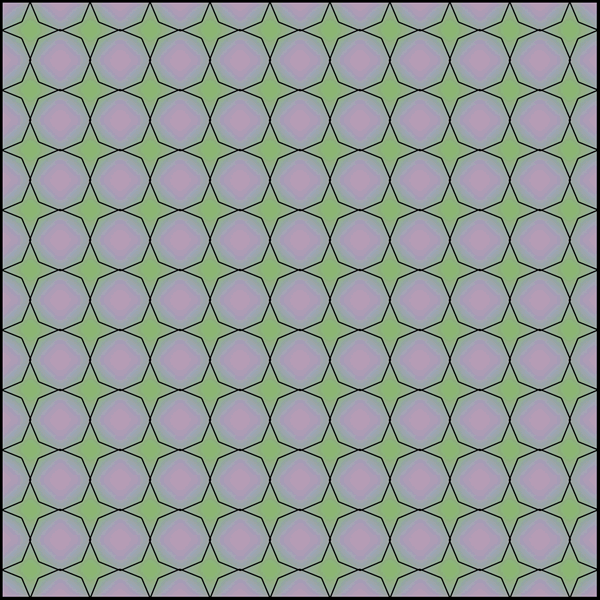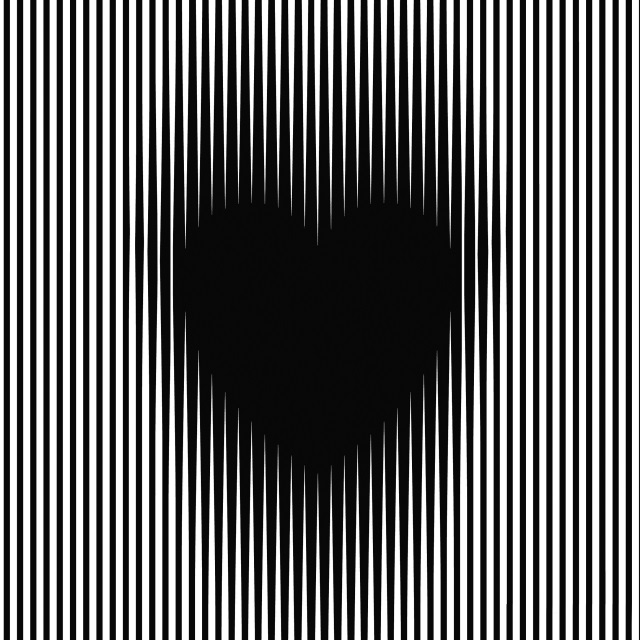2014 First prize
The Dynamic Ebbinghaus takes a classic, static size illusion and transforms it into a dynamic, moving display. A central circle, which stays the same size, appears to change size when it is surrounded by a set of circles that grow and shrink over time. Interestingly, this effect is relatively weak when looking directly at a stationary central circle. But if you look away from the central circle or move your eyes, or if the entire stimulus move across the screen, then the illusory effect is surprisingly strong – at least twice as large as the classic, static Ebbinghaus illusion.






